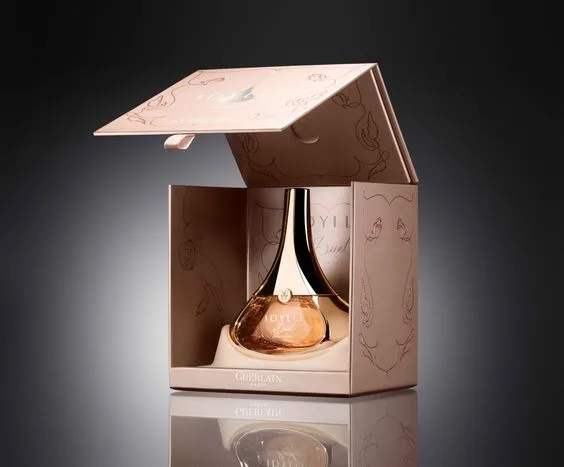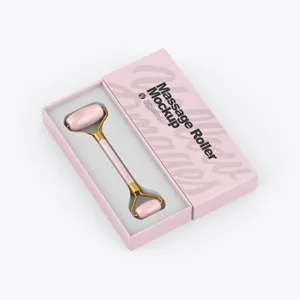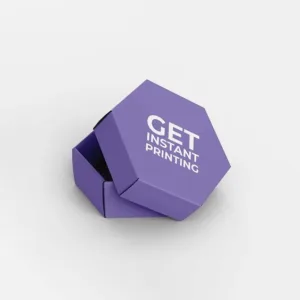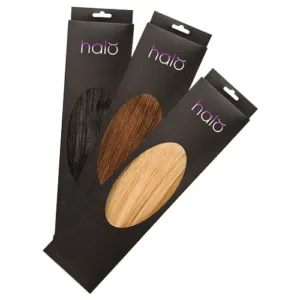Perfume Boxes
Perfume boxes are specially designed packaging that enhances the appeal and protection of fragrance bottles. These boxes are crafted from various materials such as cardboard, paperboard, or plastic, often featuring intricate designs, vibrant colors, and luxurious finishes like embossing or foil stamping. They serve both aesthetic and functional purposes, ensuring the perfume is attractively presented and safeguarded from damage. Perfume boxes often reflect the brand’s identity and play a crucial role in the product’s overall market appeal.
Perfume Boxes: An In-Depth Exploration
Perfume boxes are much more than mere packaging; they are an integral part of the fragrance experience, merging practicality with aesthetics. This detailed examination delves into the multifaceted world of perfume boxes, exploring their design, functionality, and impact on brand identity and consumer behavior.
Introduction to Perfume Boxes
Perfume boxes are crafted to protect, preserve, and present the precious contents within. These boxes are not only functional, safeguarding the delicate glass bottles from damage during transport and storage, but also play a significant role in marketing and brand representation.
The Evolution of Perfume Packaging
Historical Overview
The history of perfume packaging dates back to ancient civilizations, where scents were stored in ornate containers. As the art of perfumery evolved, so did the sophistication of its packaging. From simple clay pots to intricate glass bottles in the Renaissance, and eventually to the elaborate designs we see today, perfume boxes have continually adapted to cultural and technological advancements.
Modern Trends
In contemporary times, perfume boxes have become a canvas for innovation and creativity. Modern packaging trends focus on sustainability, customization, and the integration of technology, such as QR codes for augmented reality experiences. These advancements reflect broader shifts in consumer preferences and environmental consciousness.
Design Elements of Perfume Boxes
Material Choices
The choice of materials for perfume boxes significantly influences their durability and aesthetic appeal. Common materials include:
- Cardboard and Paperboard: Favored for their versatility and eco-friendliness, these materials can be easily customized with various printing techniques.
- Plastic: Often used for more intricate designs, though its environmental impact is a growing concern.
- Metal and Glass: Occasionally used for luxury brands to create a premium look and feel.
Visual Appeal
The visual design of perfume boxes involves a combination of colors, graphics, and textures. Key elements include:
- Color Schemes: Carefully selected to evoke certain emotions and align with the brand’s identity. For instance, pastel colors might suggest a light, floral fragrance, while bold, dark hues could indicate a rich, musky scent.
- Typography: The choice of fonts and text placement plays a crucial role in brand communication and product appeal.
- Finishing Touches: Techniques like embossing, debossing, foil stamping, and spot UV coating add a tactile dimension, enhancing the luxury feel of the packaging.
Structural Design
The structural integrity of a perfume box is paramount. It must be robust enough to protect the bottle inside, often through the use of inner compartments or cushioning materials. Innovative box shapes and opening mechanisms can also enhance the unboxing experience, adding an element of surprise and delight.
The Functional Role of Perfume Boxes
Protection and Preservation
One of the primary functions of perfume boxes is to shield the fragrance bottle from physical damage, UV light, and temperature fluctuations, all of which can degrade the quality of the perfume. This protection ensures that consumers receive their product in perfect condition, maintaining the brand’s reputation for quality.
Convenience and Usability
Perfume boxes are designed with the user in mind. Features like easy-open mechanisms, resealable closures, and travel-friendly sizes enhance usability. These considerations are crucial for creating a positive consumer experience and fostering brand loyalty.
The Role of Perfume Boxes in Branding
Brand Identity
Perfume packaging is a powerful tool for expressing a brand’s identity. The design elements of a box—colors, materials, shapes, and graphics—work together to convey the brand’s values and position in the market. Luxury brands, for instance, often use high-quality materials and sophisticated designs to signify exclusivity and elegance.
Consumer Perception and Emotional Connection
The unboxing experience can create a lasting emotional connection between the consumer and the brand. A well-designed perfume box enhances the overall perception of the product, making it feel more special and worth the investment. This emotional connection can be a key differentiator in a crowded market.
Marketing and Promotion
Perfume boxes also serve as a marketing tool. Limited edition packaging, holiday-themed designs, and collaborations with artists can attract attention and drive sales. Additionally, the packaging often includes important information about the fragrance, such as notes, ingredients, and brand story, aiding in the consumer’s purchasing decision.
Sustainability in Perfume Packaging
Eco-Friendly Materials and Practices
With growing environmental awareness, many brands are shifting towards sustainable packaging solutions. This includes using recyclable materials, reducing plastic use, and opting for biodegradable options. Some companies are also exploring innovative materials like mushroom-based packaging or recycled ocean plastics.
Minimalist Designs
Minimalism in packaging not only reduces material waste but also appeals to consumers seeking simplicity and elegance. This approach often involves using fewer colors, eliminating unnecessary elements, and focusing on clean, functional design.
Consumer Influence
Consumers increasingly prefer brands that demonstrate environmental responsibility. Transparent communication about sustainable practices in packaging can enhance a brand’s image and appeal to eco-conscious buyers.
Future Trends in Perfume Packaging
Technological Integration
The future of perfume packaging may see greater integration of technology, such as smart packaging with NFC tags or augmented reality experiences. These innovations can provide additional product information, authentication features, and interactive experiences, adding value for the consumer.
Personalization
Customization continues to be a significant trend. Advances in digital printing allow brands to offer personalized packaging, catering to individual tastes and preferences. This can range from personalized messages to custom-designed boxes for special occasions.
Sustainability Advancements
As technology and materials science progress, we can expect further innovations in sustainable packaging. This includes not only new eco-friendly materials but also more efficient manufacturing processes that reduce carbon footprints.
Conclusion
Perfume boxes are a vital component of the fragrance industry, blending form and function to create a compelling product experience. From protecting delicate bottles to enhancing brand identity and embracing sustainability, these boxes are a testament to the artistry and innovation in packaging design. As trends evolve, perfume boxes will continue to adapt, reflecting changes in consumer preferences, technological advancements, and environmental considerations.
Frequently Asked Question
-
What are perfume boxes and why are they important?
Perfume boxes are specially designed packaging for fragrance bottles, combining protection with visual appeal. They play a crucial role in brand identity, consumer attraction, and the overall unboxing experience.
-
What materials are commonly used for perfume boxes?
Common materials include cardboard and paperboard for their versatility and eco-friendliness, plastic for intricate designs, and occasionally metal and glass for a premium feel.
-
How do perfume boxes contribute to branding and marketing?
Perfume boxes convey a brand’s identity through design elements, create emotional connections with consumers, enhance brand perception, and serve as marketing tools by providing product information and special edition designs.
-
How are sustainability concerns addressed in perfume packaging?
Brands address sustainability by using recyclable and biodegradable materials, reducing plastic use, opting for minimalist designs, and exploring innovative materials like mushroom-based packaging and recycled ocean plastics.








